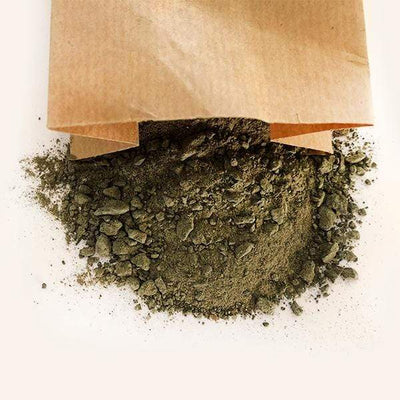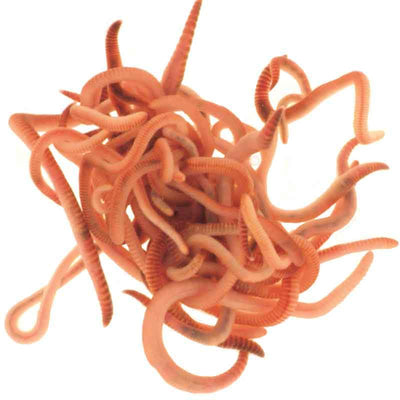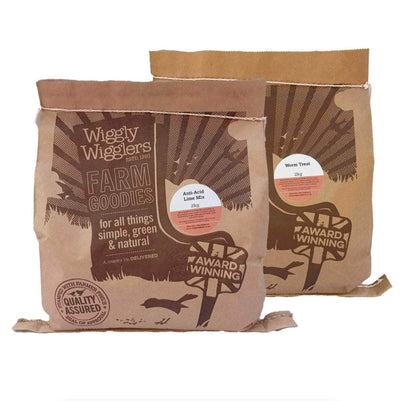In the world of eco-friendly gardening, the term “compost heap” often takes centre stage. But what exactly is a compost heap, and why is it considered the secret weapon of sustainable gardeners? In this blog post, we’ll delve into the fascinating world of compost heaps, exploring their benefits, how to create one, and why they are a game-changer for both seasoned gardeners and those just starting to cultivate their green thumb.
What is a Compost Heap?
A compost heap is a carefully constructed pile of organic matter that undergoes a natural decomposition process, transforming kitchen and garden waste into nutrient-rich humus. This humus, often referred to as compost, becomes a valuable soil conditioner, providing plants with essential nutrients, improving soil structure, and enhancing water retention.
The Components of a Compost Heap:
- Browns: These are materials rich in carbon, such as dried leaves, straw, cardboard, or newspaper. Browns provide structure to the compost and serve as a source of energy for the decomposing microorganisms.
- Greens: Greens are nitrogen-rich materials, including kitchen scraps like fruit and vegetable peels, coffee grounds, and grass clippings. Nitrogen fuels the microbial activity necessary for decomposition.
- Water: Adequate moisture is crucial for the composting process. While a compost heap should not be waterlogged, it should be kept consistently damp to facilitate microbial activity and decomposition.
- Air: Turning the compost regularly introduces oxygen, promoting aerobic decomposition. A well-aerated compost heap prevents unpleasant odours and encourages the growth of beneficial bacteria.
The Benefits of Compost Heaps:
- Nutrient-Rich Soil: Compost is a natural fertiliser, rich in essential nutrients like nitrogen, phosphorus, and potassium. It enhances soil fertility, promoting healthier plant growth.
- Waste Reduction: Composting diverts kitchen and garden waste from landfills, reducing the environmental impact of organic materials decomposing in anaerobic conditions, which can produce harmful greenhouse gases.
- Soil Structure Improvement: Compost improves soil structure, making it more crumbly and well-aerated. This enhances water retention, drainage, and root penetration for plants.
- Cost-Effective: By creating your compost, you reduce the need for store-bought fertilisers, saving money in the long run.
Creating Your Compost Heap:
- Choose a Location: Select a well-drained area that receives partial sunlight for your compost heap.
- Layering: Alternate layers of browns and greens to achieve a balanced carbon-to-nitrogen ratio. Add water as needed to maintain moisture.
- Turning: Regularly turn the compost with a pitchfork or shovel to aerate the pile and speed up decomposition.
- Patience: Composting is a natural process that takes time. Be patient, and in a few months, you’ll have nutrient-rich compost ready to use in your garden.
Compost heaps are the unsung heroes of sustainable gardening, turning kitchen and garden waste into gold for your plants. By understanding the basics of composting and following a few simple steps, you can contribute to a healthier environment, reduce waste, and enjoy the benefits of nutrient-rich soil in your garden. So, roll up your sleeves, embrace the magic of composting, and watch your garden flourish!






